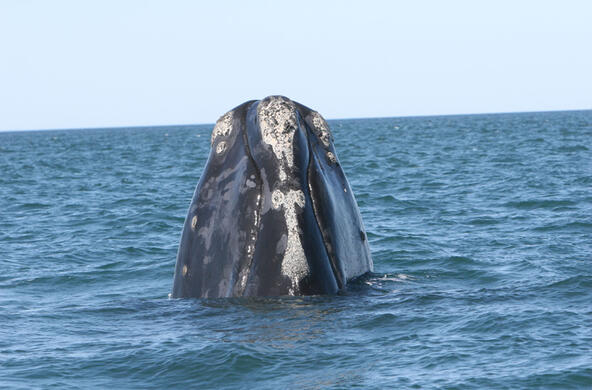Deer shape the future of our forests. What they find appetizing, or unpalatable, can determine which plants survive and thrive. Forests with abundant deer can suffer from selective feeding on woody plants during winter months when other food is limited. This can result in the loss of seedlings and saplings, dominance by invasive species, and shifts in the tree species that make up the next generation of forest canopy.
This webinar explores the history of deer in the Catskills, how deer influence the composition and health of our regional forests, and strategies to mitigate deer impacts. Presenters include: forest ecologist Dr. Charles Canham (Cary Institute), ecologist Dr. Lynn Christenson (Vassar College), and deer biologist Brendan Quirion (NYS DEC Region 3).
Among the topics to be discussed: how deer populations have changed over the last 100 years as land has become reforested and hunting pressure has declined, what loss of woody cover and the herbaceous layer means for forests and wildlife, management options, and ways that landowners can help promote healthy forest regeneration. A Q&A session moderated by Cary President and Director of the Catskill Science Collaborative Josh Ginsberg will follow the presentations.
Offered by the Catskill Science Collaborative and partners at Catskill Mountainkeeper.
Additional & mentioned resources
New York State Dept. of Conservation:
Management Plan for White-Tailed Deer in New York State, 2021–2030
Outline of the components of New York’s deer management program.
Deer Management Assistance Program
NYSDEC program that enables biologists to help landowners and resource managers implement site-specific deer management on their lands.
Deer Damage Permits
Rules, regulations, and eligibility for NYSDEC permits.
Books & papers
Forests Adrift: Currents Shaping the Future of Northeastern Trees
Book by Charles Canham focusing on the future of northeastern forests. Chapter 5: The Fall and Rise of the White-Tailed Deer
Compounding human stressors cause major regeneration debt in over half of eastern US forests
Miller, KM, McGill, BJ. Compounding human stressors cause major regeneration debt in over half of eastern US forests. J Appl Ecol. 2019; 56: 1355– 1366. DOI: 10.1111/1365-2664.13375
Modelling white-tailed deer impacts on forest regeneration to inform deer management options at landscape scales
Lesser, Mark R., Martin Dovciak, Rachel E. Wheat, P. Douglas Curtis, Peter J. Smallidge, Jeremy E. Hurst, David W. Kramer, Margaret W. Roberts and Jaqueline Frair.Modelling white-tailed deer impacts on forest regeneration to inform deer management options at landscape scales. Forest Ecology and Management (2019).
Panelists
Brendan Quirion is a forest ecologist and wildlife biologist with over 10 years of experience working in natural resource management for the NYS Department of Transportation, The Nature Conservancy, and now the NYS Department of Environmental Conservation. His work and research focuses on improving outcomes in invasive species and white-tailed deer management.
Lynn Christenson is an ecosystem ecologist, studying how plant and animal interactions affect nutrient cycling in northern temperate forests. Much of her research focuses on how winter climate change, through less snowfall, will change the relationships between plants and animals and ultimately affect forest health. This complex web of interactions has Christenson observe the smallest animals in her study systems using microscopes to identify and count soil invertebrates to the largest animals, moose, using motion detecting cameras. She is a professor at Vassar College.
Charles Canham is a forest ecologist and distinguished senior scientist emeritus at Cary Institute. He studies the dynamics of forest ecosystems and how they respond to a wide range of human impacts including climate change, introduced pests and pathogens, logging, and air pollution. Canham serves on the boards of the Adirondack Land Trust, the Adirondack Council, the Great Mountain Forest, and the Northern Forest Atlas Foundation.






